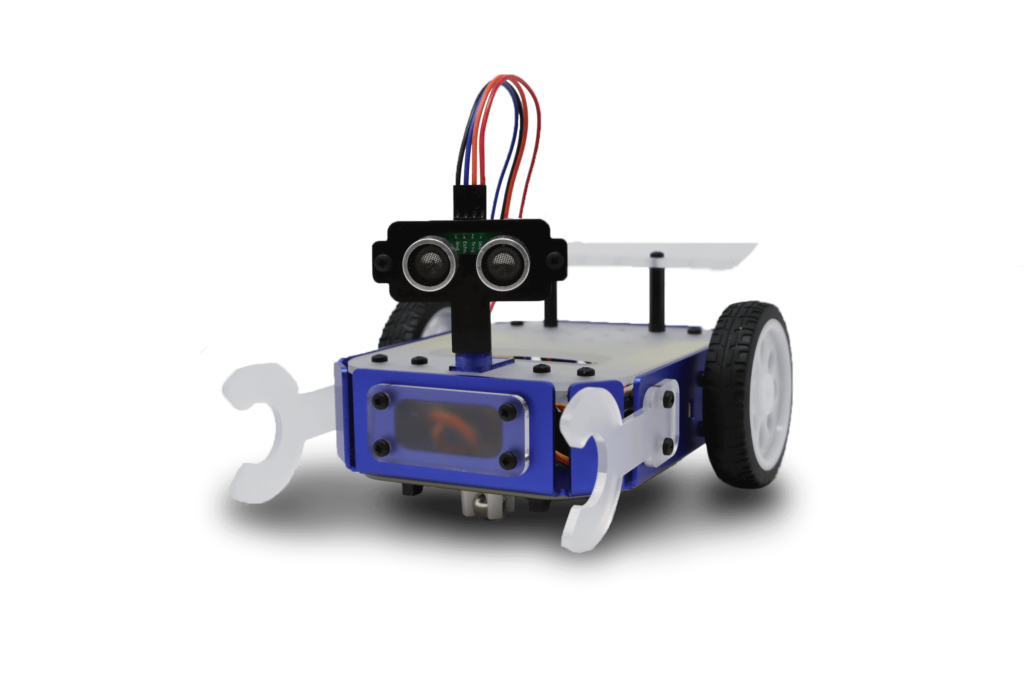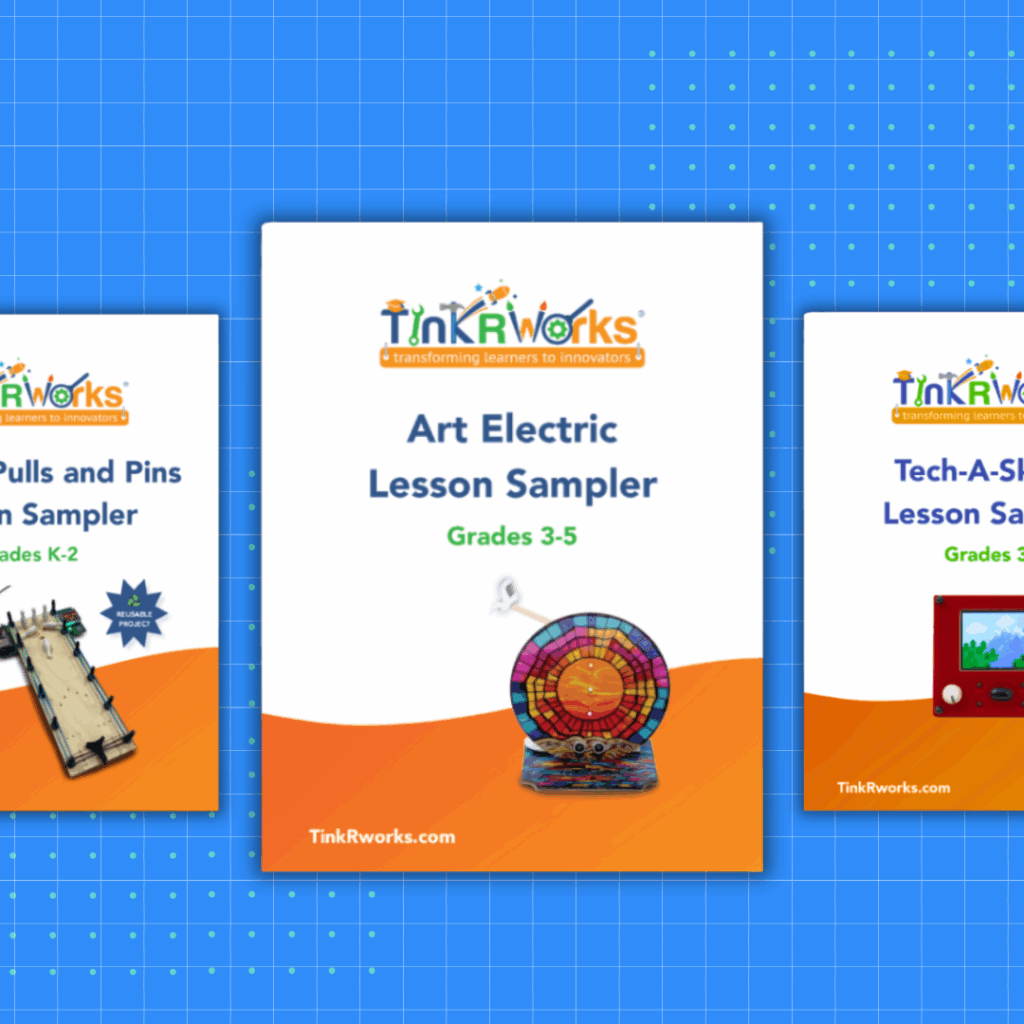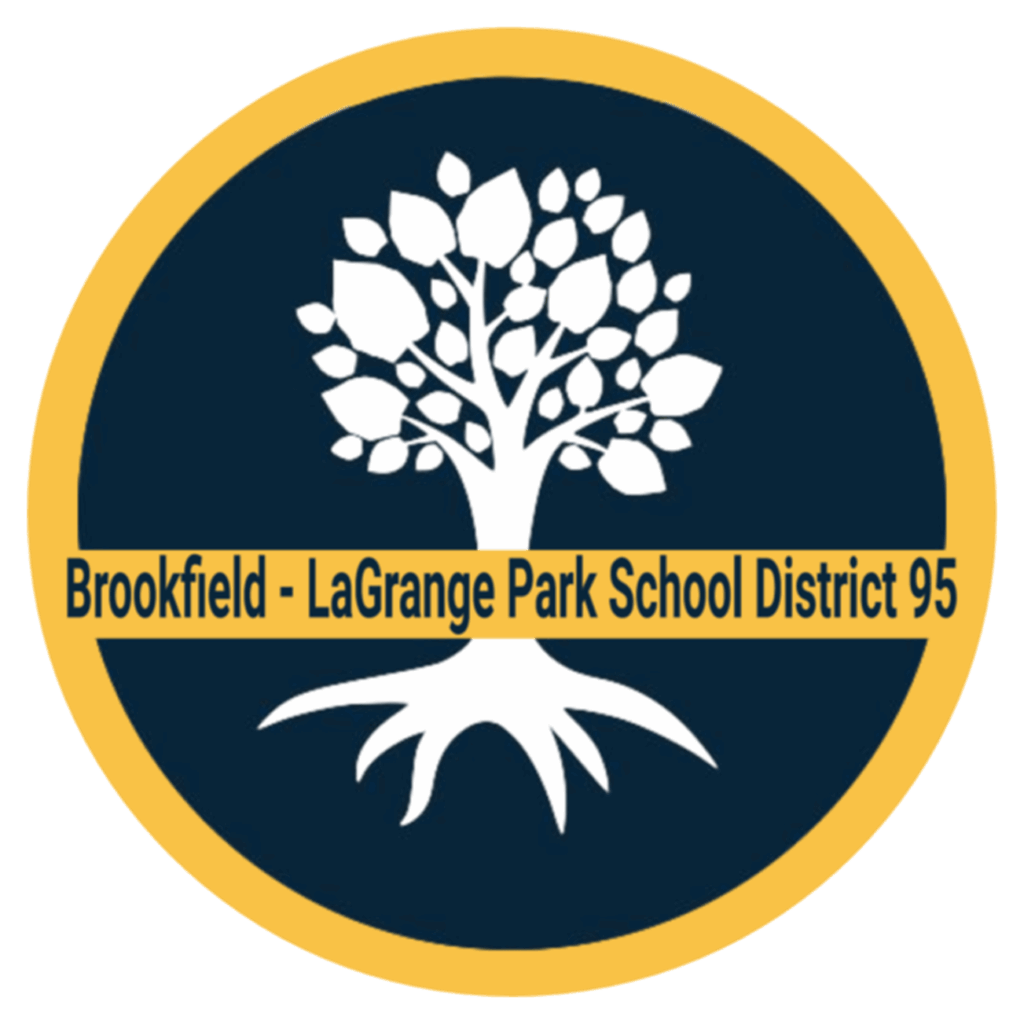

Introduce students to the future of robotics with TinkRbot AI. This comprehensive, hands-on project combines robot construction, advanced programming, and an exciting new lesson on artificial intelligence and machine learning.
Students will assemble and program robots capable of sensing and responding to their environment through motion and light. While experimenting with sensors, they’ll enhance their coding skills by tackling real-world challenges such as solving mazes, following lines, and detecting or avoiding objects. This project fosters creativity, collaboration, and critical thinking in every step!
Now featuring a dedicated AI lesson! Students gain a foundational understanding of how machines learn by training their very own AI model and exploring the potential and challenges of this exciting technology.

TinkRbot has allowed my students to get a well-rounded experience with hands-on building and in-depth coding, which keeps engagement high as the lessons easily appeal to all learning styles. Their creativity shines through the customization of their TinkRbots. I’ve seen everything added to their cars – from the more artistic, like fake eyelashes and diamonds, to more practical, like a 3D printed snowplow. Students take full ownership of their learning because they are allowed to think outside of the box and take risks. More importantly, they are allowed to fail, knowing that failure is the path to success.
Middle School STEAM Teacher, S.E. Gross Middle School

Fill out the form below or schedule a demo to learn more. Our team will personally reach out to answer questions, discuss pricing, and guide you through the next steps.
Fill out a form, send an email, or give us a call to be connected with a TinkRworks Team Member.
We’re here to help answer your questions about our curriculum, implementation, and pricing.
TinkRworks Address:
501 West Lake Street, Suite 106
Elmhurst, IL 60126
Monday to Friday:
9 am to 5 pm Central Time
© 2025 TinkRworks. All Rights Reserved.
Website by Webview Digital